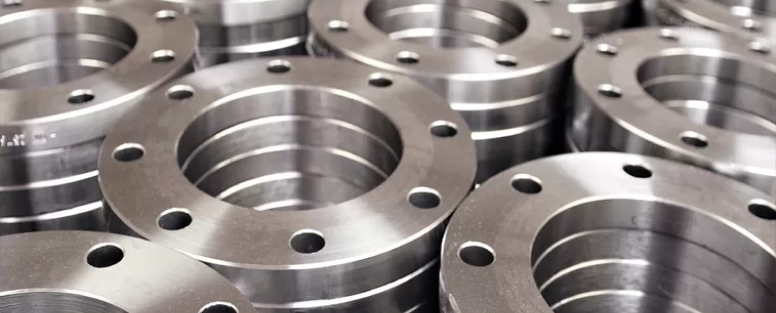In the realm of piping systems, the integrity of the connection points is crucial for ensuring operational reliability and safety. Among the various types of flanges used to connect pipes, valves, pumps, and other equipment, slip-on flanges stand out for their ease of installation and cost-effectiveness. This comprehensive guide explores the performance, specifications, and applications of slip-on flanges, highlighting why they are a preferred choice in various industries.
What Are Slip-On Flanges?
Slip-on flanges are a type of pipe flange that slides over the end of a pipe and then is welded in place. Typically, these flanges are used to create a flange connection with two connecting pieces of pipe. Here is a closer look at their design and why they are so widely used:
Key Features of Slip-On Flanges:
Feature | Description |
Ease of Installation | Slides over the pipe, requiring less precision in cutting the pipe to length. |
Welding Requirement | Requires welding around both the inside and outside of the flange to secure it. |
Cost-Effectiveness | Generally more cost-effective than other types due to less material requirement and lower processing cost. |
Types of Slip-On Flanges:
Raised Slip-On Flange: Features a raised face that helps to provide additional strength and prevent leakage.

Flat Face Slip-On Flange: Has a flat face and is typically used when the connecting equipment or piping is made of a softer material.

Specifications and Performance of Slip On Flanges
Understanding the specifications and performance capabilities of slip-on flanges, including their pressure ratings and compatibility, is crucial for engineers and industry professionals.
Material Specifications:
Slip-on flanges, which are a popular choice in piping systems, are made from various grades and types of materials, including carbon steel and stainless steel, to suit specific applications and meet pressure ratings.
Material | Properties | Common Uses |
Durable, strong, and cost-effective | General and harsh applications requiring strength | |
Corrosion-resistant and durable | Chemical and saline environments | |
High strength and heat resistance | High-temperature and high-pressure applications |
Slip On Flange Dimensions and Standards:
The dimensions and manufacturing standards for slip-on flanges ensure that they meet the necessary safety and performance criteria:
- Standards: ANSI, ASME, ISO, and DIN.
- Sizes: Typically range from 1/2″ to 48″.
- Pressure Ratings: Class 150, Class 300, Class 600, etc.
Installation and Applications of Slip-on Flanges
Installation Process:
The installation of a slip-on flange involves several key steps:
- Sliding the Flange: The flange is slid over the pipe end.
- Alignment: The flange is aligned with the mating flange.
- Welding: It is welded from both inside and outside to ensure a secure fit.
Applications:
Slip-on flanges are versatile and can be used in various sectors:
- Water and Wastewater Management: Due to their ease of installation and cost-effectiveness.
- Oil and Gas Industry: Suitable for midstream applications.
- Chemical Processing: Stainless steel slip-on flanges are preferred for their corrosion resistance.
Advantages and Considerations
Advantages:
- Ease of Assembly: Ideal for projects where time and ease of installation are crucial.
- Cost-Effectiveness: Less material and easier processing reduce costs.
- Versatility: Available in different materials to adapt to various environmental conditions.
Considerations:
- Strength Limitations: Not recommended for extremely high-pressure applications as the welds might suffer under excessive stress.
- Leakage Risks: Proper installation and welding are crucial to prevent potential leaks.
Slip on flanges are a fundamental component in piping systems across various industries due to their simplicity, cost-effectiveness, and ease of installation. By choosing the appropriate type and material of slip-on flange, industries can ensure reliable, leak-free connections that stand the test of time and pressure. Whether you are installing a new system or upgrading an existing one, understanding the role and requirements of slip-on flanges is essential for achieving optimal performance and safety in your operations.
Explore premium slip-on flanges at Riyaarth Overseas for durable and reliable solutions tailored to your industry needs.
FAQ's
While slip-on flanges are suitable for moderate-pressure systems, they are generally not recommended for very high-pressure environments due to the risk of leakage at the welds.
A weld neck flange provides greater strength and is welded at the neck to support the pipe, making it ideal for high-pressure applications. In contrast, a slip-on flange is easier to install but not as strong.
The choice of material depends on the operational environment, including factors like temperature, pressure, and corrosive elements. Consulting with material experts and referring to industry standards can aid in selecting the appropriate flange material.

